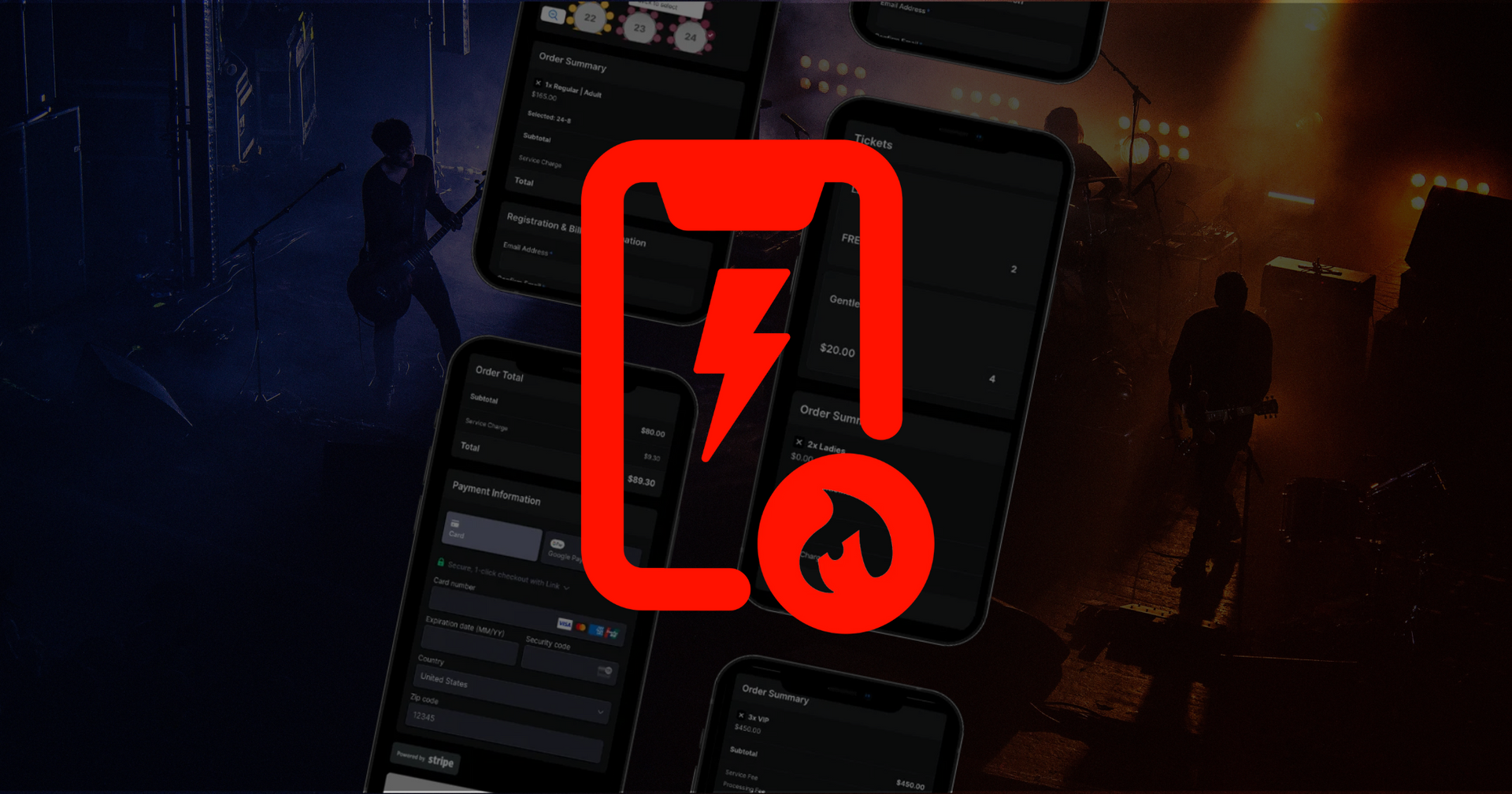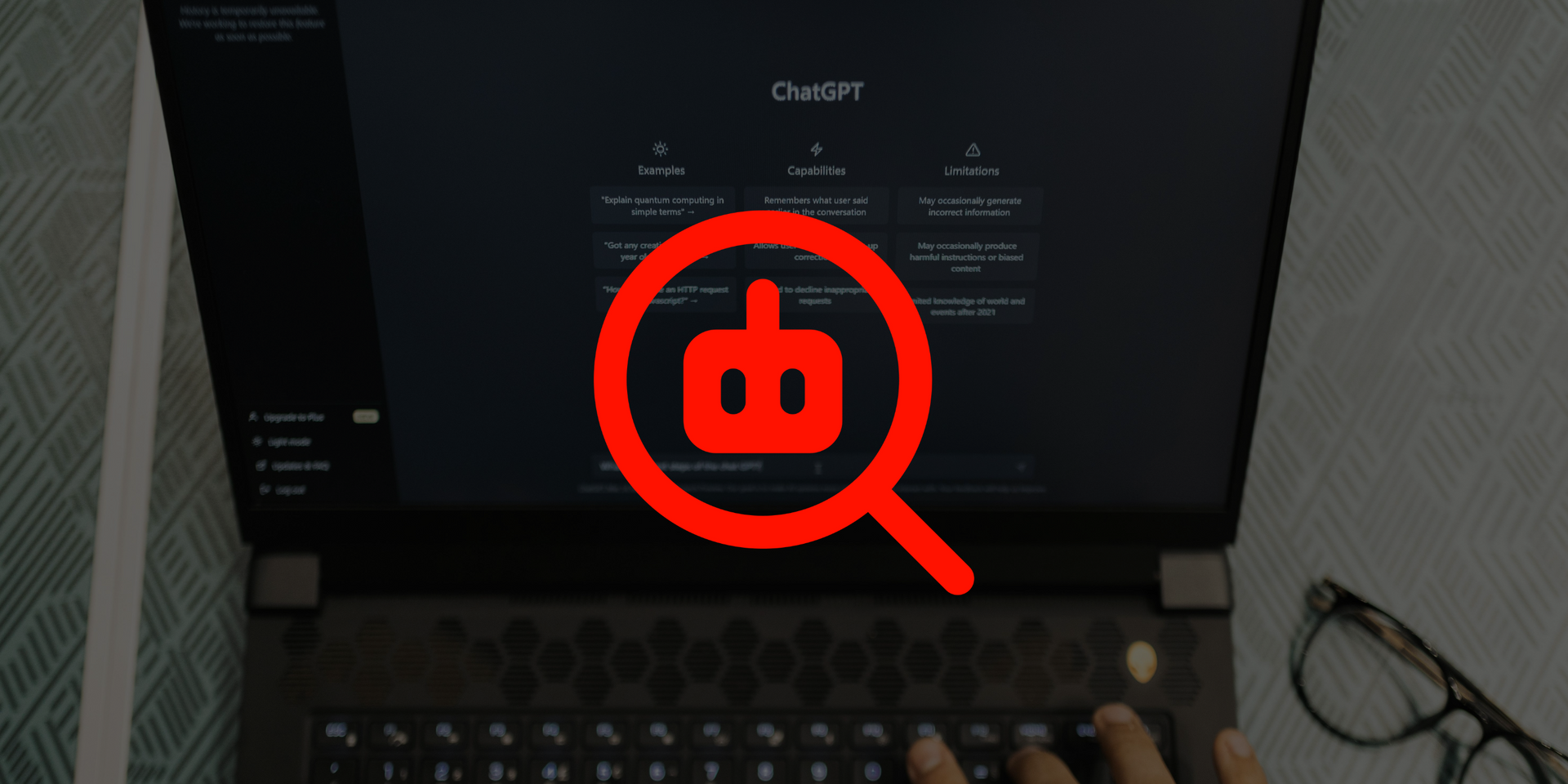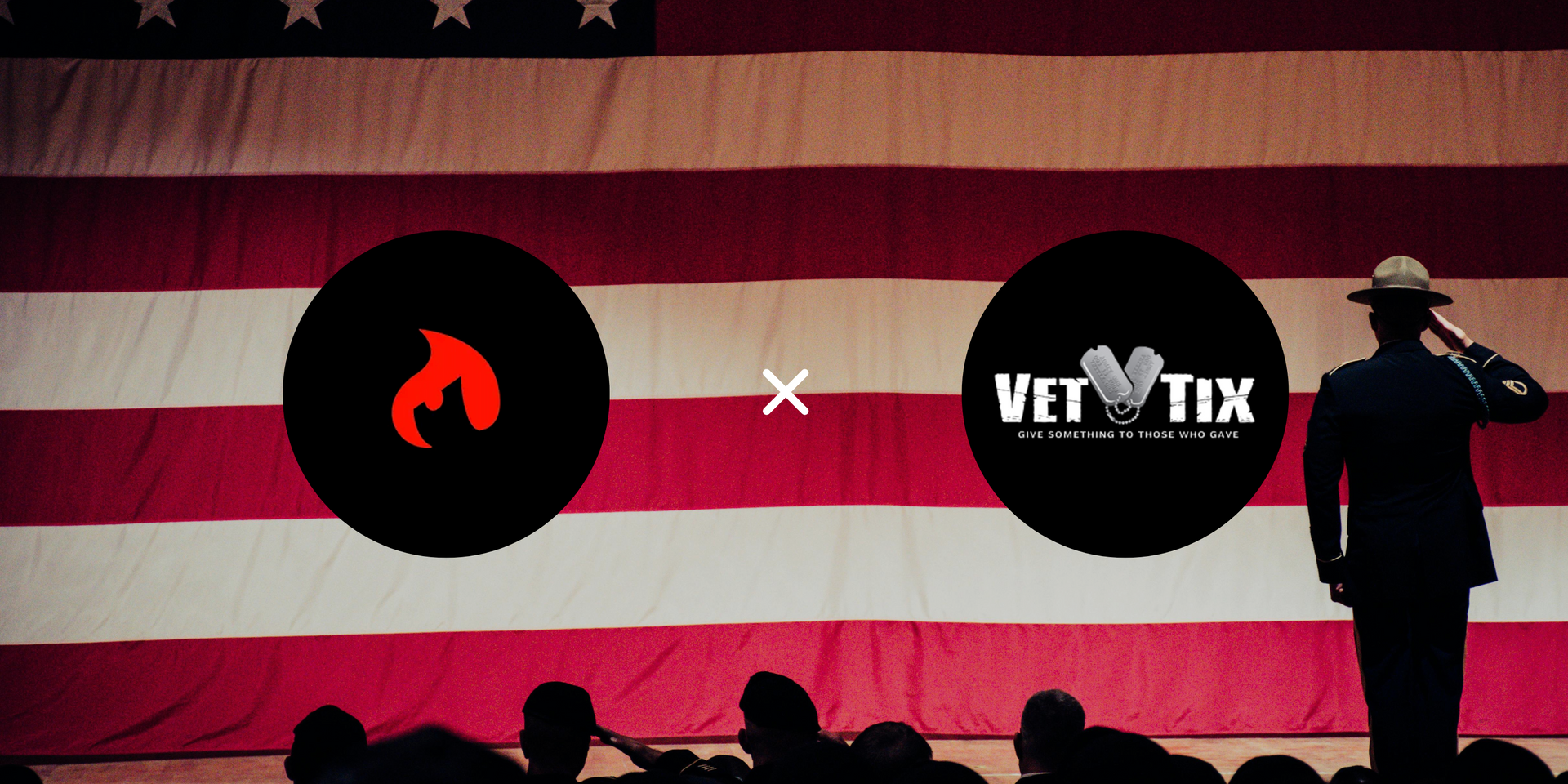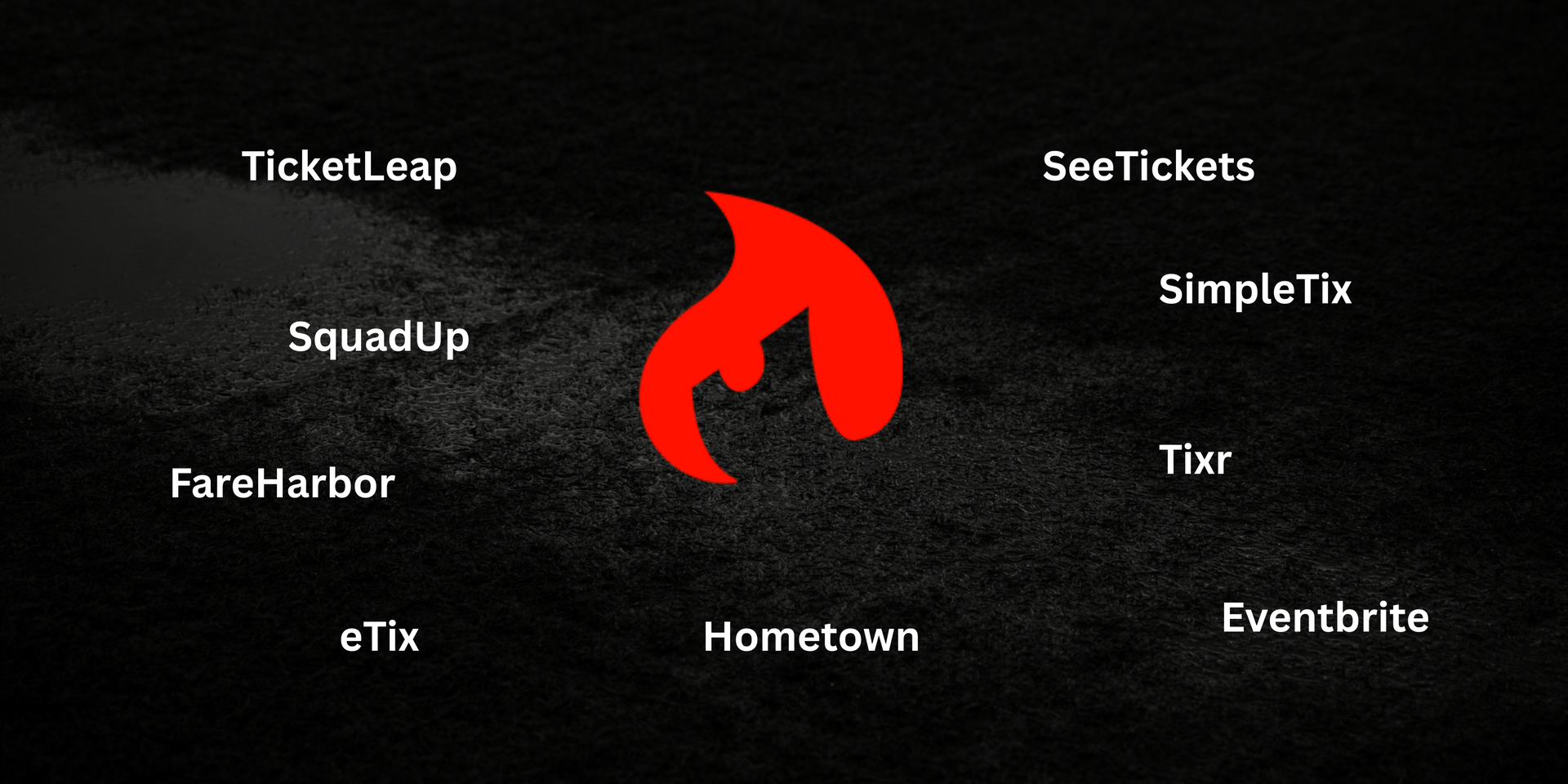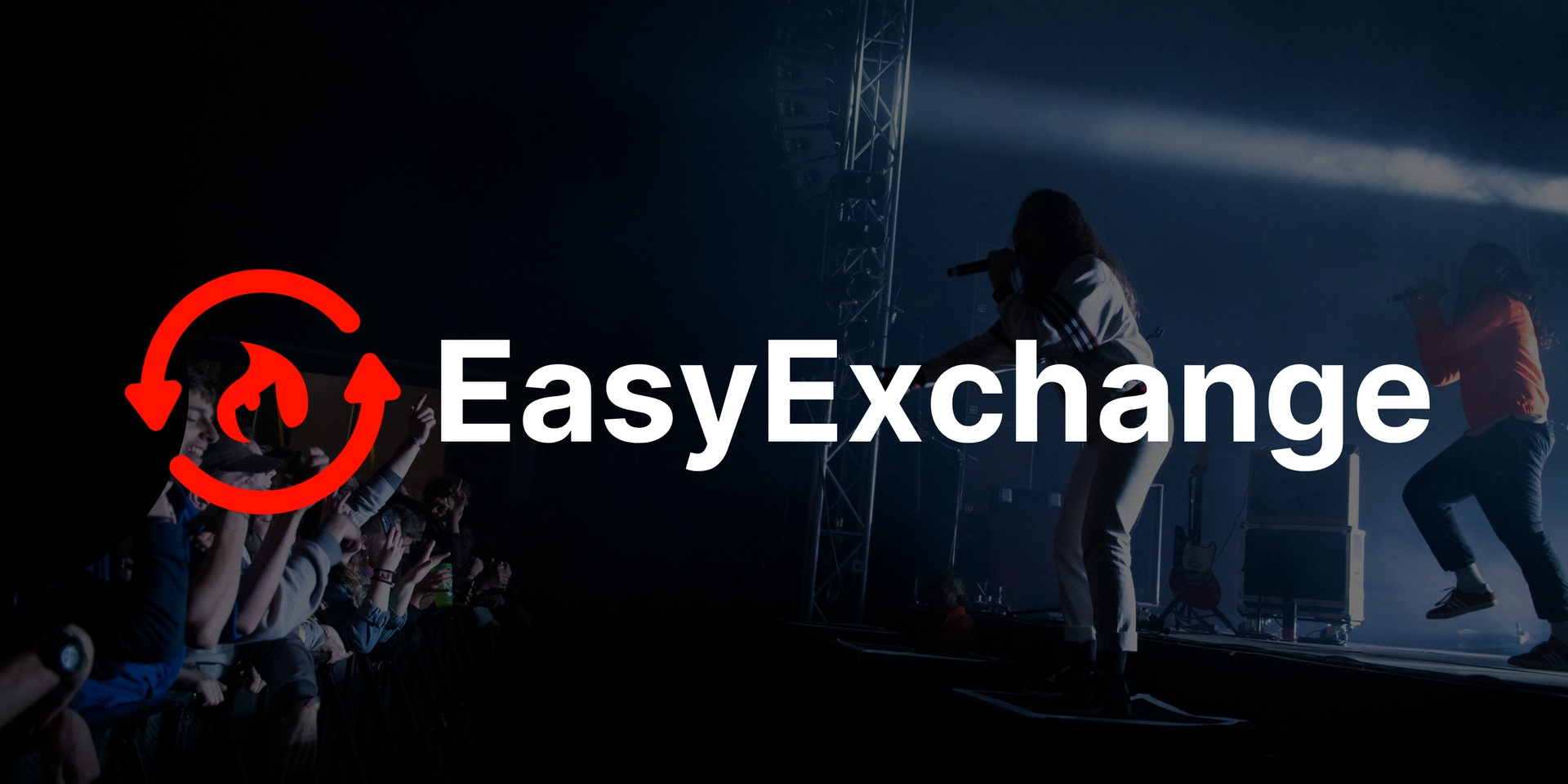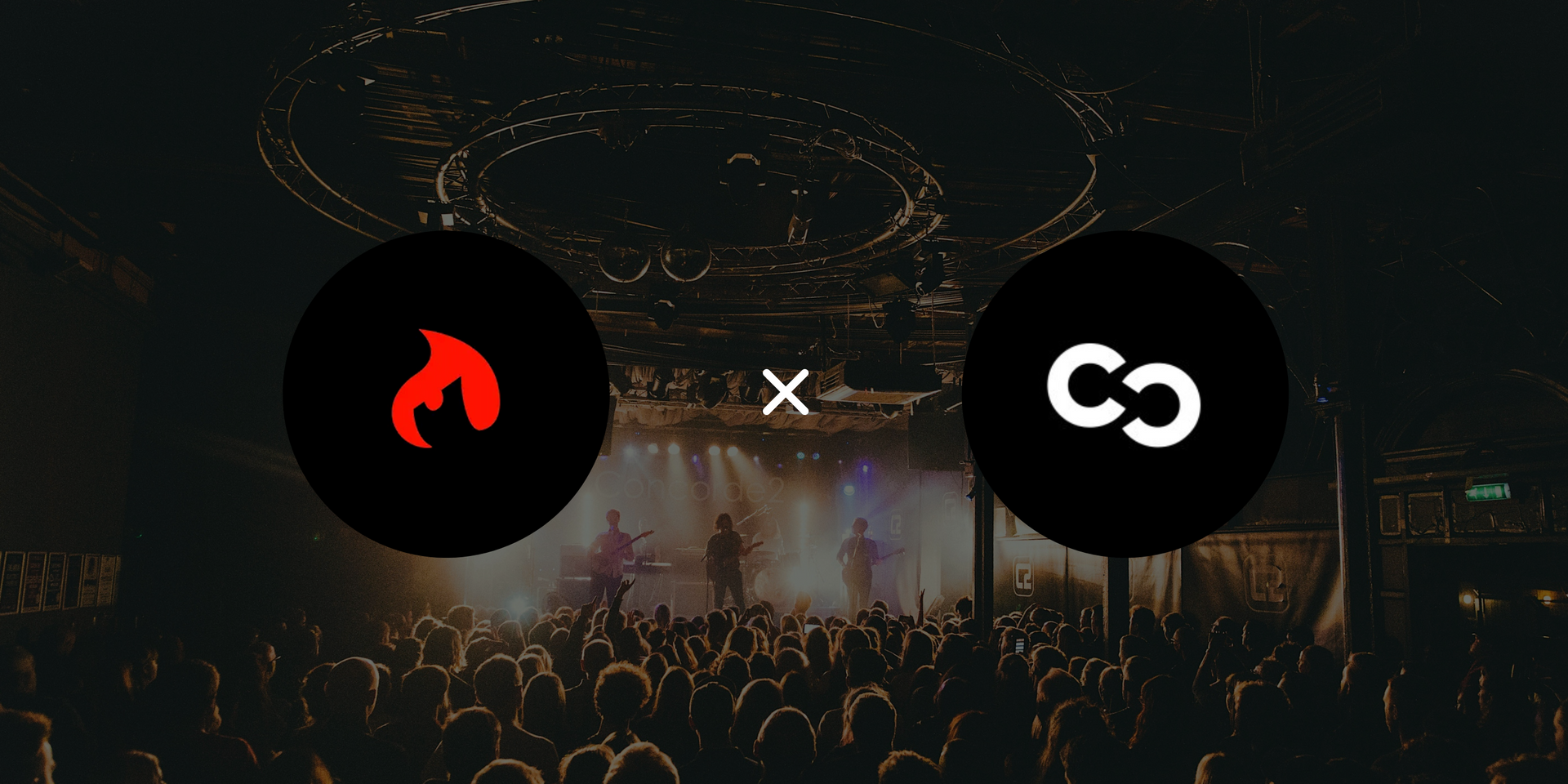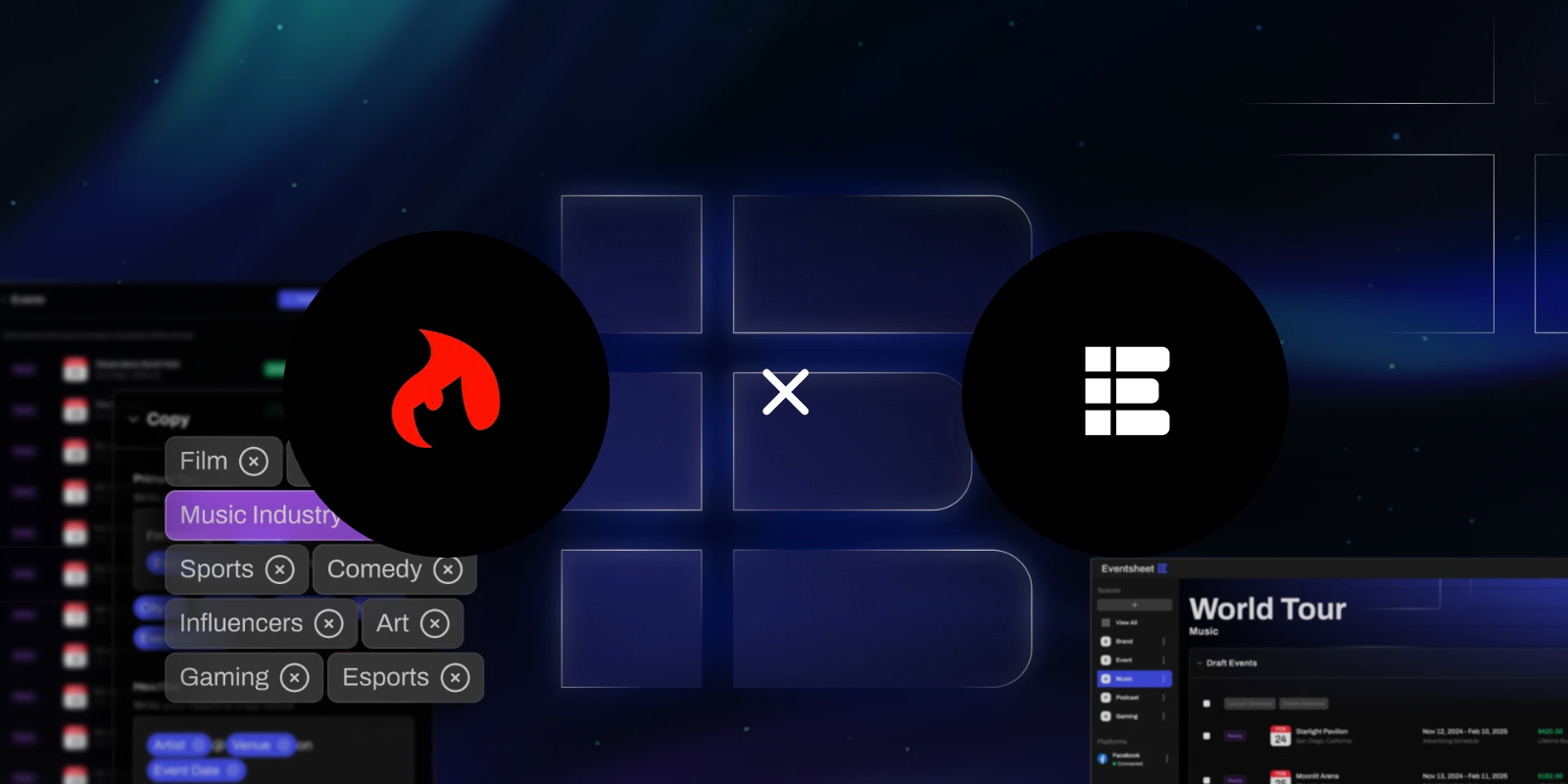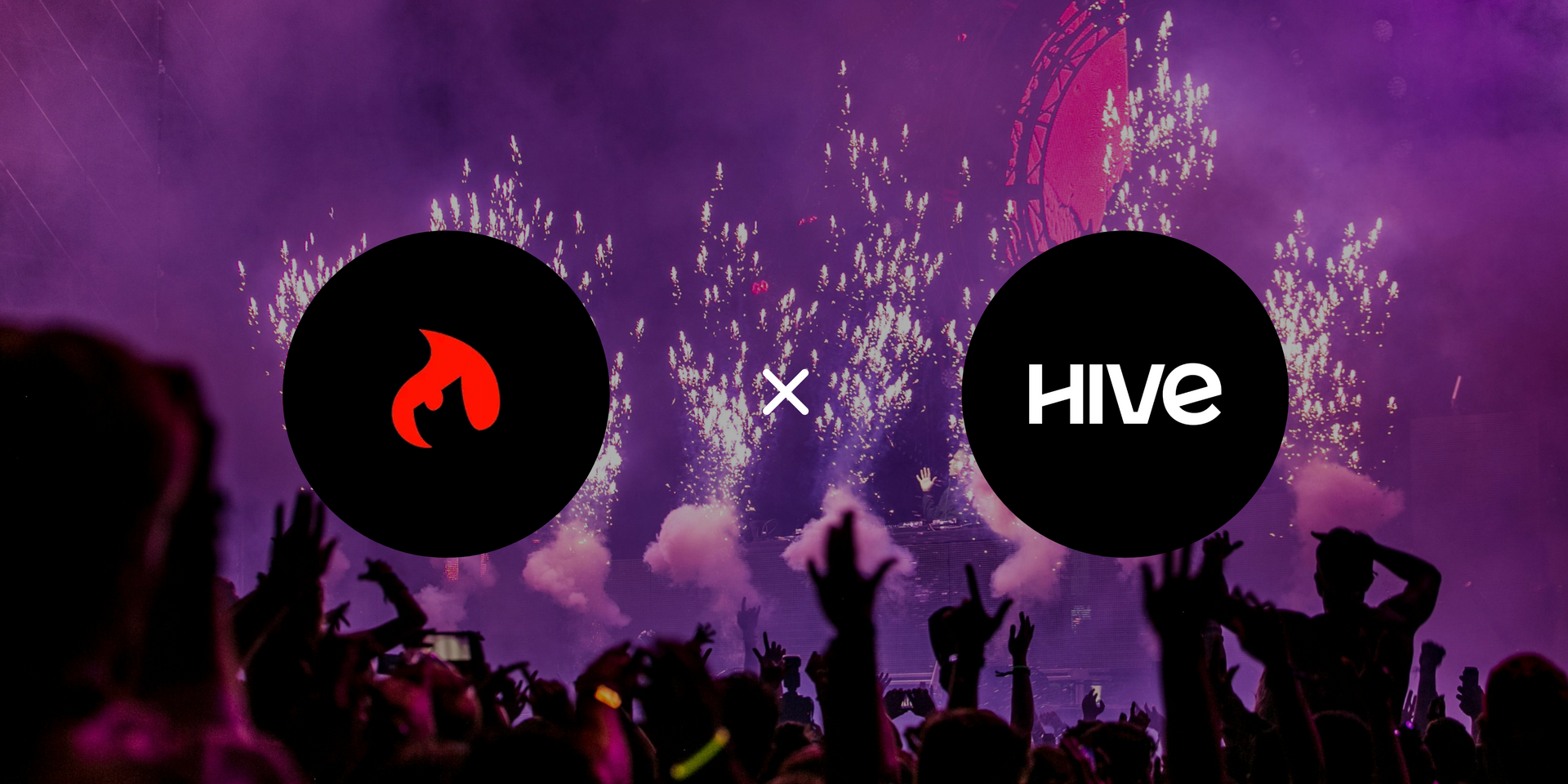Why Single-Page Checkout Wins: Data, Dollars, and Design for Event Ticketing
Discover why event producers switching to single-page checkout see higher conversions, fewer abandons, and faster on-sales.
Event producers, venues and attractions live and die by conversions. You spend time and budget to get someone to your ticketing page, but the checkout flow is where most revenue is lost. In fact, global cart abandonment rates average around 70% across all industries. Every additional click, field, or page load adds friction, stress, and lost sales.
That’s why Ticketsauce built a powerful single-page checkout that includes everything: ticket select, buyer info, and payment on one clean and optimized screen. Let’s dig into the numbers, the tech, and the real-world impact so you can see how much this really matters.
1. The Hard Data: Why Fewer Steps = More Sales
Cart Abandonment and Form Fatigue
- 18% of buyers abandon because checkout is too long or complicated (Baymard Institute).
- The average U.S. checkout forces users through ~23.5 form elements, while best-in-class checkouts only need 12–14.
A single-page design consolidates all the essentials, cutting unnecessary fields and significantly reducing clicks.
Speed and Latency: Milliseconds Matter
- Google found that a 0.1s improvement in load speed increases conversions by 8% in retail and 10% in travel.
- Akamai reported that a 100ms delay can reduce conversions by 7%, and a 2s delay can double bounce rates.
- Mobile buyers are even less forgiving, over 50% abandon if load times exceed 3 seconds.
Every extra step in a multi-page flow adds another page load, more JavaScript, and more latency. One-page checkout eliminates this compounding penalty.
Proof from Leading Commerce Platforms
- BigCommerce reported that streamlined one-page experiences drive a 20% higher visit-to-order conversion vs. benchmarks.
- Shopify introduced a one-page checkout in 2023; its Shop Pay accelerated flow delivers up to 50% higher conversion rates than guest checkout.
- Independent A/B tests in e-commerce have shown conversion lifts from 7.5% to 20% after moving from multi-step to one-page flows.
The takeaway? It’s not just a design preference, it’s a proven revenue lever.
2. The Technical Side: Why Multi-Step Creates Hidden Risks
Server Load and Crash Risk
- Every step in a multi-step flow = a new POST/GET request.
- For non-technical folks that means each checkout step it’s a whole new unnecessary page load that sends and receives data from the server.
- During large on-sales, those extra requests multiply server strain, increasing the chance of slowdowns or even crashes.
- Single-page designs submit everything in one consolidated request, which is both more efficient and more resilient especially under heavy traffic.
Latency Compounds
- Even small delays stack across multiple steps. For example:
- 100ms delay per page × 4 steps = 400ms latency added.
- Add in seat maps, add-ons/upsells, and third-party scripts, and the lag quickly turns into seconds, which is more than enough to drive abandonment.
Error Handling and Drop-Offs
- Multi-step checkouts often require buyers to backtrack when a field error occurs, introducing more exits.
- One-page designs allow inline validation so buyers can correct mistakes instantly, without losing progress.
3. Marketing & Attribution: The Silent Conversion Killer
Where Attribution Fails
- Each redirect or page load in a multi-step flow is a chance for tracking/UTM parameters to drop.
- Payment gateways (e.g., Stripe, PayPal) can overwrite referral data if not carefully excluded, causing sales to show up as “Direct” instead of the campaign that drove them.
- Safari’s Intelligent Tracking Prevention (ITP) limits cookie lifetimes; the longer and more fragmented your path, the higher the odds of attribution loss.
How Single-Page Checkout Fixes It
- Pixels, UTMs and campaign tags persist across the single screen.
- With persistent pixel and UTM storage, every transaction is properly attributed.
- Referral exclusions are cleaner because there’s only one final submission to a payment processor.
For event marketers, this means more accurate ROI reporting and smarter ad spend.
4. Multi-Step vs. Single-Page (Head-to-Head Comparison)
| Metric | Multi-step checkout | Ticketsauce single-page checkout |
|---|---|---|
| Screens / page loads | 3–5+ (cart, forms, payment, confirm) | 1 consolidated screen |
| Form elements | 20–25+ (U.S. avg) | 12–14 optimized |
| Time to complete | 60–120s (mobile often longer) | 10–60s (wallets: <15s) |
| Server calls | Multiple (each step posts data) | 1 consolidated submit |
| Crash risk under load | Higher (more requests = more stress) | Lower (fewer requests) |
| UTM / attribution integrity | Drops at each step / redirect | Preserved end-to-end |
| Buyer perception | “Slow and complicated” | “Fast and seamless” |
5. Why This Matters for Events, Venues and Attractions
Event buyers are not leisurely shoppers, they’re:
- Mobile-first: Buying while on the go and in-transit many times right outside of the event.
- Time-sensitive: Presales and on-sales create urgency and significant demand.
- Community-driven: Delays increase FOMO and frustration, which can hurt brand perception.
A faster, simpler checkout doesn’t just lift conversion, it protects the buyer’s excitement, their trust in the event and ultimately your brand.
6. The Ticketsauce Difference
The Ticketsauce Difference
When buyers hit your checkout, every second and every click matters. Unlike competitors that bounce users through 3 to 4 steps or worse, force them into apps or long registration forms, Ticketsauce delivers a single, optimized page that compresses the entire journey into one seamless experience.
Here’s what sets Ticketsauce apart:
- One-page simplicity: Tickets, buyer info, and payment all in one place. No cart detours, no multi-step maze.
- Guest checkout by default: No forced accounts or app downloads. Every buyer can purchase instantly.
- Apple Pay, Google Pay, and digital wallets: Cut time-to-ticket to as little as 10–15 seconds.
- Minimal required fields: Optimized forms (12–14 elements vs. competitors’ 20–25+) reduce friction and errors.
- Inline validation: Buyers correct mistakes instantly instead of being bounced back a step.
- Persistent UTM tracking: Marketing attribution remains intact end-to-end, unlike competitors where redirects often strip campaign data.
- Resilient backend: Designed to withstand heavy on-sales without crashing. Competitor multi-step flows make multiple server calls that add load and failure points.
7. Ticketsauce Checkout is 66% Faster Than Competitors
In our audits of leading platforms including the likes of Eventbrite, Tixr, DICE, Etix, See Tickets, HomeTown, Posh.vip, and Ticketleap we found:
- Competitor checkouts average ~89 seconds to complete.
- Ticketsauce averages ~30 seconds, as little as 10–15 seconds with wallets.
- That means Ticketsauce is 66% faster than the industry standard.
| Platform | Est. time to complete | Steps / screens | Guest checkout | Key friction |
|---|---|---|---|---|
| Ticketsauce | 30s (10–15s w/ wallets) | 1 | ✅ | None |
| Tixr | 75–90s | 3–4 | ✅ | Cart hold timer, multi-step |
| DICE | 90–120s | Forced Account | ❌ | Forced account + app download |
| Posh.vip | 60–90s | 3 | ✅ | Extra data collection |
| Etix | 75–120s | 3–4 | ✅ | Cart detour, countdown |
| Eventbrite | 90–120s | 3–4 | ✅ | Long forms, upsells |
| See Tickets | 90–120s | 3–4 | ✅ | Cart detour |
| HomeTown | 60–90s | 3 | ✅ | Extra info required |
| Ticketleap | 60–90s | 3 | ✅ | Multi-step, not optimized |
8. Why You Need to Care
Every lost conversion is lost revenue. Multi-step checkouts introduce friction, latency, server risk, and attribution errors that compound into real dollars left on the table.
With Ticketsauce’s single-page checkout, you get:
- Higher conversion rates
- Lower abandonment
- Faster time-to-ticket
- Cleaner marketing attribution
- More reliable performance under pressure
9. It's Time to Make the Switch
Complicated multi-step checkout flows are killing your conversions and hindering revenue. Switch to Ticketsauce today and start taking advantage of our proven technology that will help you sell more tickets.
Book a Call or Demo to Learn More
Book a call to learn more about Ticketsauce and how our Single Page Checkout will lead to more revenue.
Event Ticketing Checkout FAQs
Have more questions on how event ticketing checkout works and what matters to drive conversions? Here are some FAQs that will hopefully answer your questions.








